Outrank Competitors: Rank Higher with Listing Optimization on Etsy
About the Client Shop Name: CrystalHealStore Marketplace: Etsy Focus: Bohemian & Ayurvedic-Inspired Fashion Location: Global
Do you know what is the best thing about selling online? With a few clicks, you can manage your products, orders, customers, and storefront. Your online business revolves around questions like – where in the world are your visitors coming from? What are they searching for? What is the conversion rate? And likewise. If you manage your store with Shopify, you can get a microscopic view of your store’s analytics. Thanks to the fantastic reports by Shopify & Google Analytics.
Before you take a deep dive into your Shopify store analytics, consider this blog as your cheat sheet to leverage your store analytics wisely. From exploring Shopify reports to adding Google Analytics, let’s set the stage for your Shopify store analytics.
Depending on your plan, you can get access to various analytical reports and insights. If you have subscribed to the Basic Shopify plan or higher, here is what you get –
The Overview dashboard gives a microscopic view of your Shopify store analytics. This is where your store’s data is thoroughly compiled into reports. Reports that answer – where in the world are your visitors coming from? What are they searching for? And so much more!
This is a screenshot of the overview dashboard having various go-to reports. All the reports you see here are based on a time frame that you can change at your convenience. Let’s say you want to get a clear picture of your store’s conversion rate. Click on – view report and bang! With the help of Shopify store analytics, you get the power to –
It is October already and Halloween vibes are as strong as they can be. The spooky festival marks the beginning of a worldwide shopping spree. Year after year, consumers’ openness to shop online has increased in leaps & bounds! It is the right time to go back to your last year’s analytic reports. As a result, doing this will give you a better understanding of your store’s performance during the festive season.
Depending on your curiosity to dig deep into your store’s analytics, you can amend this year’s festive strategy. It is up to you whether you want to float on the surface. Or whether you want to explore the depths of your Shopify store analytics.
You can also add Google Analytics to your Shopify store to get a clearer picture. But when Shopify’s in-built reports have so much to convey, is it indispensable to add Google analytics too?
Well, let’s figure it out!
Is it necessary to set up Google Analytics? No, but adding Google analytics will unlock new dimensions of your store’s data. Shopify’s in-built reports are limited by the plan you choose. As a result relying solely on Shopify’s reports is like having a closed-view.
Your store’s overview dashboard is the hub of Shopify’s in-built analytical reports. This approach of gathering insights out of your Shopify store analytics sounds conveniently accessible. But adding Google Analytics to your Shopify store can be a bit cumbersome. You can hire Shopify experts who will look after your analytics and setup!
To add Google Analytics to your Shopify store, follow these steps –
Hiring a Shopify expert is helpful. During the early days, your business needs a great amount of strategizing. As a result, you will need someone to guide, and help you in strategizing –
Shopify’s in-built reports provide quality data. Below are 9 in-built analytic reports that you can leverage to understand your Shopify store analytics better.
If you have subscribed to Shopify advances or higher plans, then you also create custom reports. You can create custom reports by using Shopify’s filtering & editing features. Creating a custom report is just like using Microsoft Excel – you just have to apply logic, and Shopify will present the data just like you asked for.
With so many reports to flip through plus Google Analytics, you will have abundant data to manage and interpret. Our Shopify experts will help you assemble your Shopify store analytics and Google Analytics. As a result, you can strategize better for this year’s special celebrations.
Whether you have just started your journey with Shopify or you’re happily running a store. It doesn’t matter. Data is one thing that you need from day one. Don’t let your curious mind be blown away with your store’s sales and conversion. There is a lot more hidden in the depths of your Shopify store analytics.

About the Client Shop Name: CrystalHealStore Marketplace: Etsy Focus: Bohemian & Ayurvedic-Inspired Fashion Location: Global
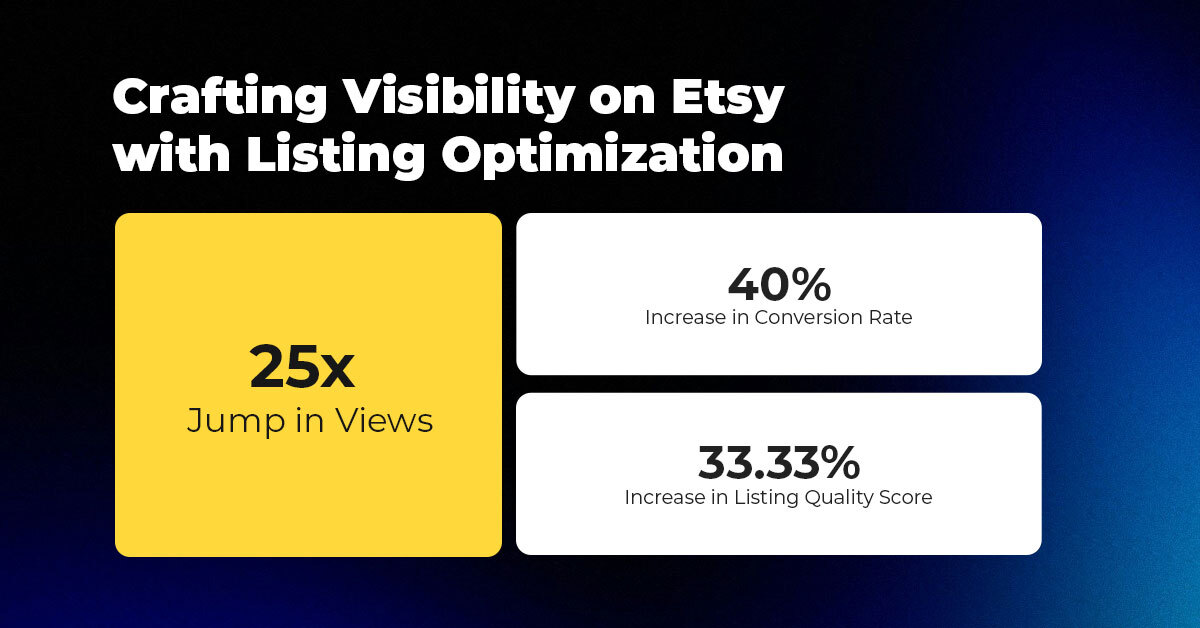
About the Client Shop Name: PinwheelCraftsStore Marketplace: Etsy Focus: DIY Craft Kits for Kids Location:

It just took one Black Friday crash for Gymshark to realize their growth had outpaced
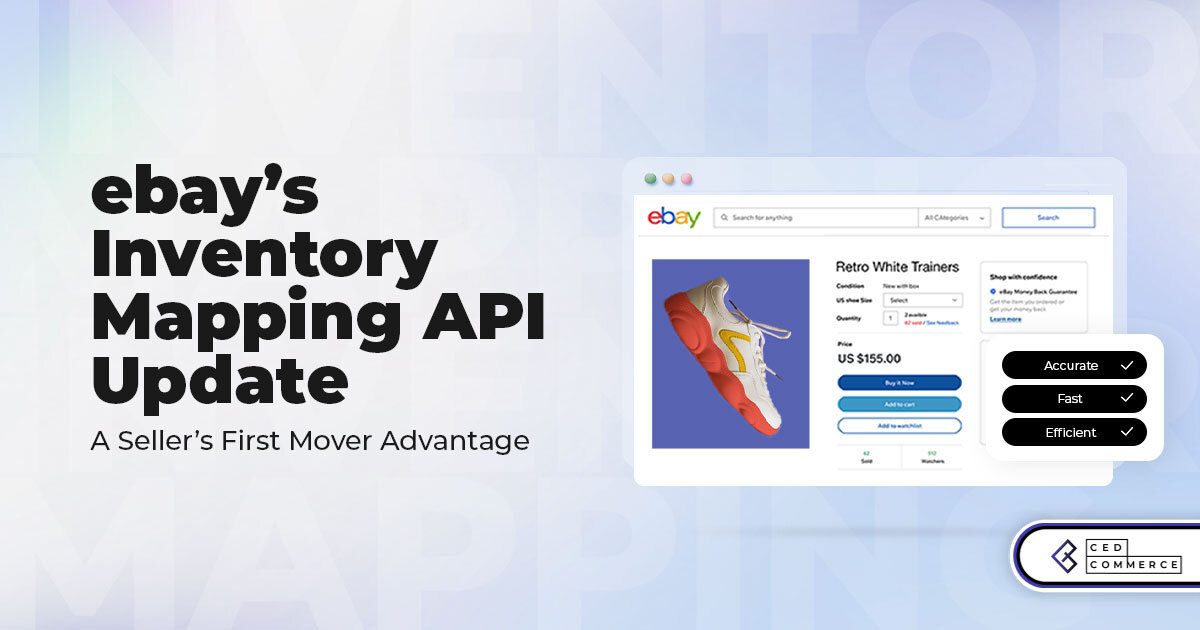
It takes on average 5 to 10 minutes to list a single product on the
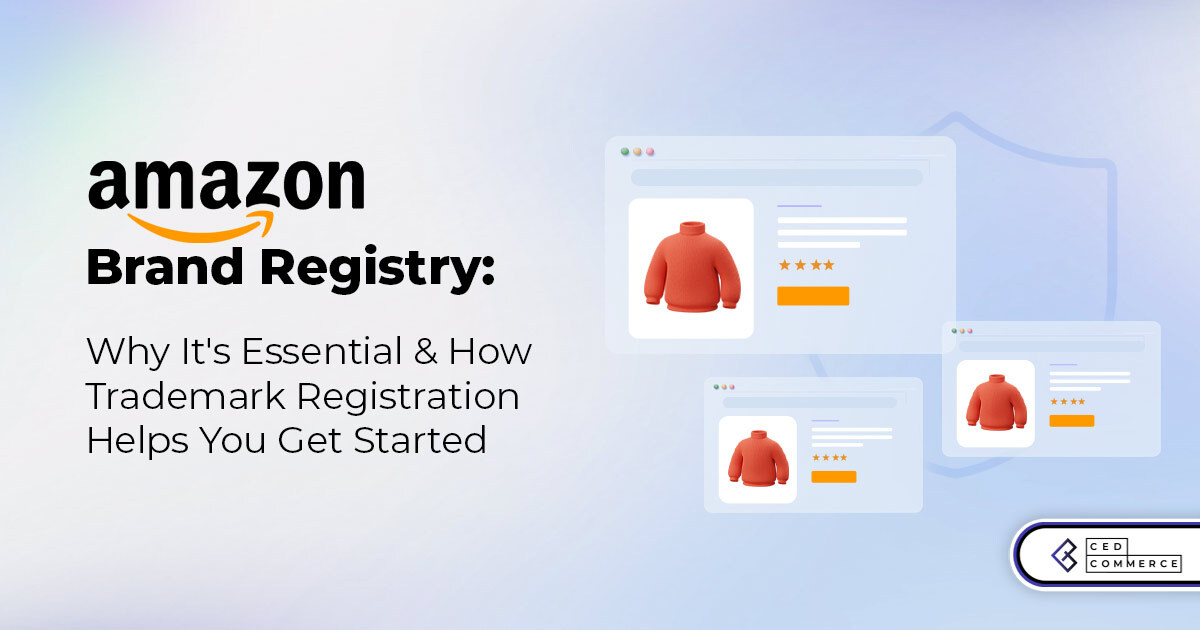
With millions of sellers on Amazon, protecting your brand has never been more important. Counterfeit
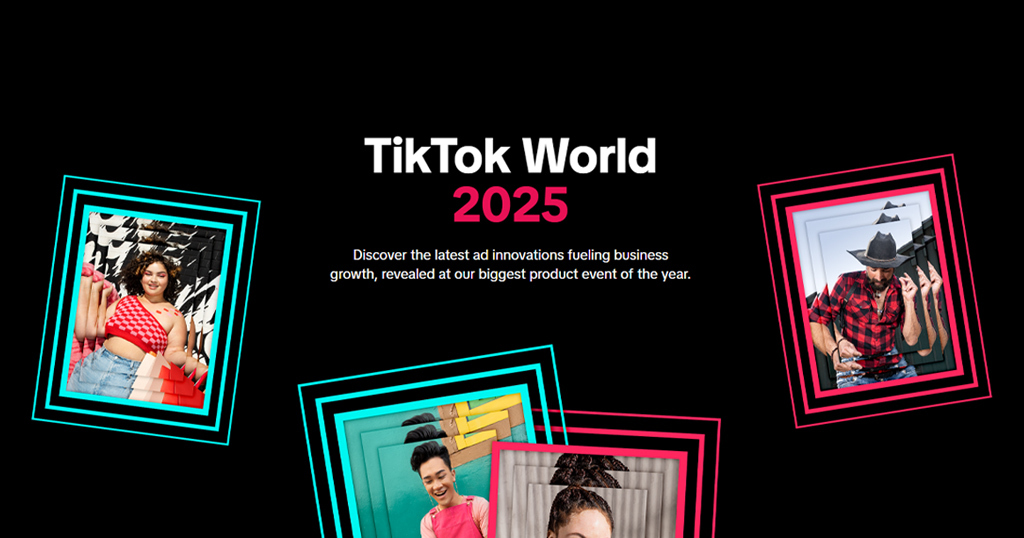
TikTok isn’t just setting trends anymore — it’s rewriting the playbook for performance marketing, creative
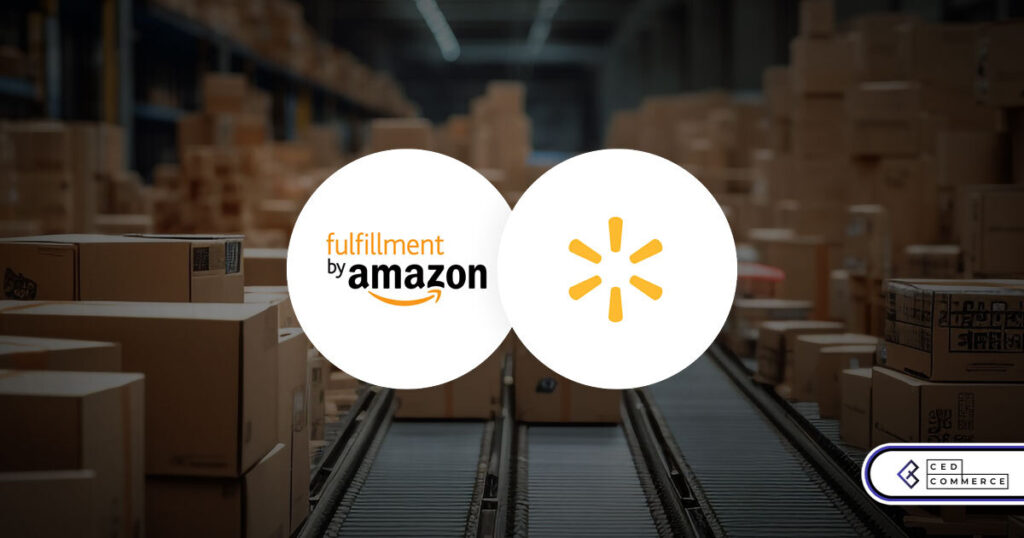
In a significant development for online retailers, Walmart has officially updated its policies to permit
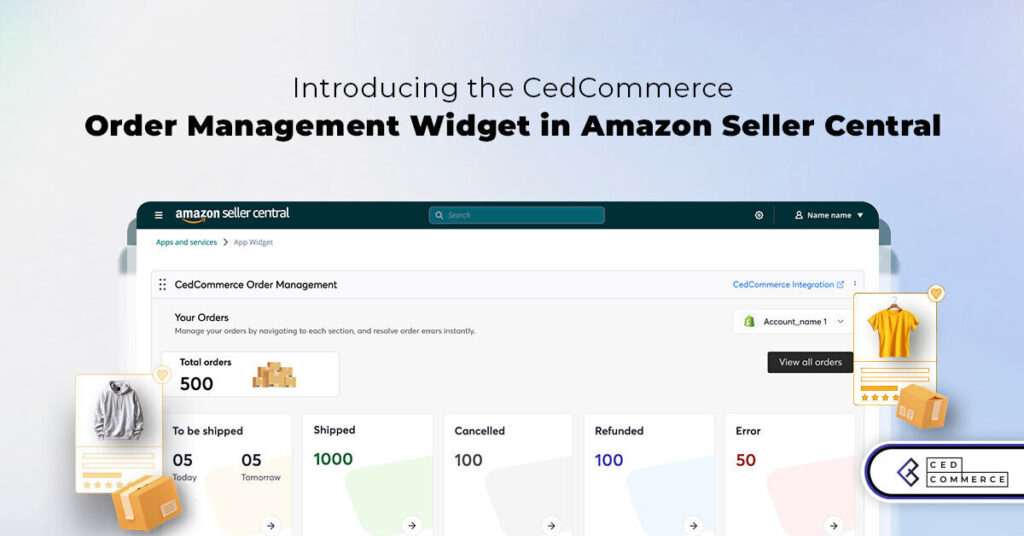
Are you encountering issues with Amazon order management across various sales channels? If so, everyday
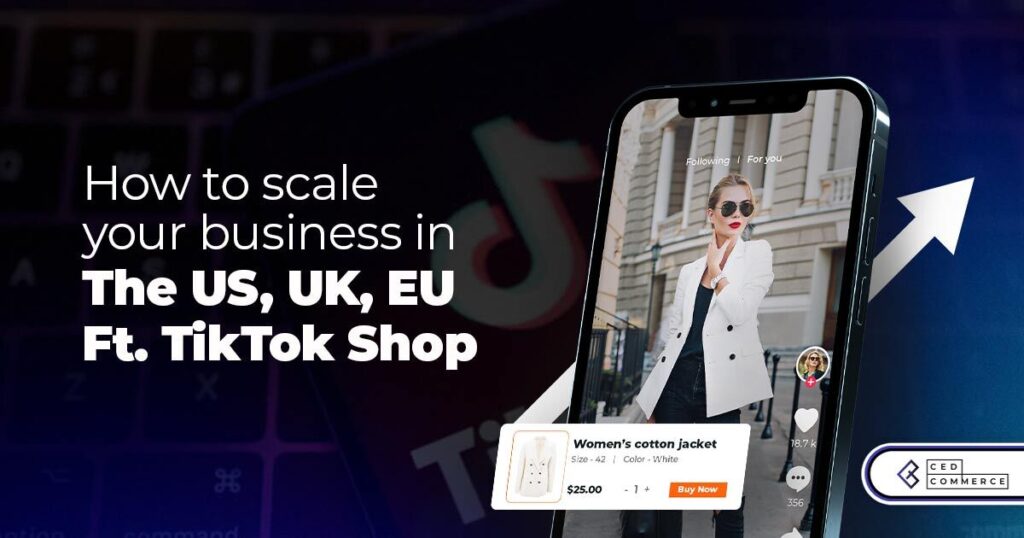
A Deep Dive into Selling Smart on TikTok Shop UK, TikTok Shop US, and TikTok

In a world where cross-border commerce fuels eCommerce growth, tariffs are no longer just policy
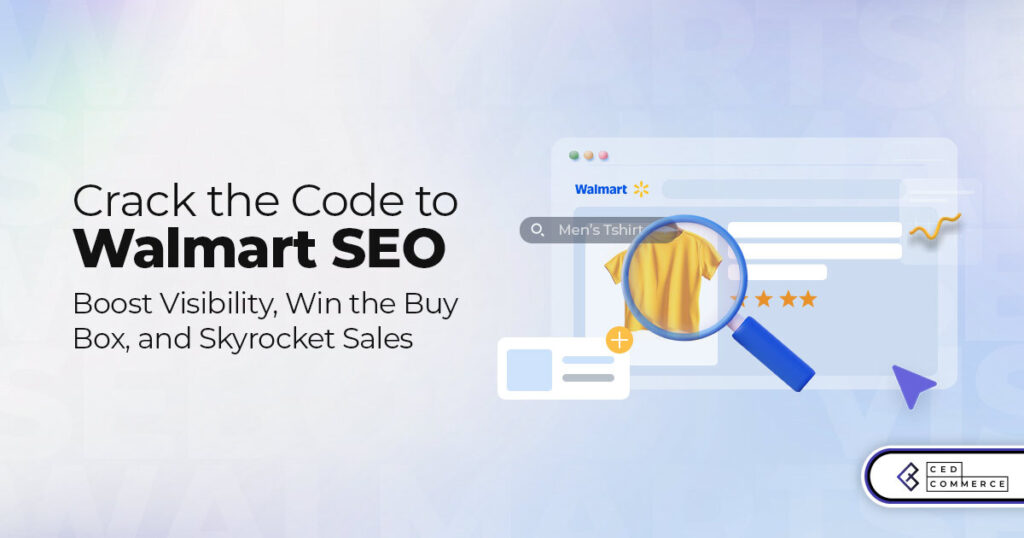
In the world of eCommerce, visibility is everything—and Walmart Marketplace is no exception. With thousands

In what comes as a major relief for TikTok and its millions of users in

In a move aimed at enhancing product quality and boosting buyer confidence, TikTok Shop has

Selling on Amazon offers immense opportunities, but one of the most crucial decisions sellers face

Amazon is doubling down on AI-driven selling tools, introducing a new AI-generated product enrichment pilot
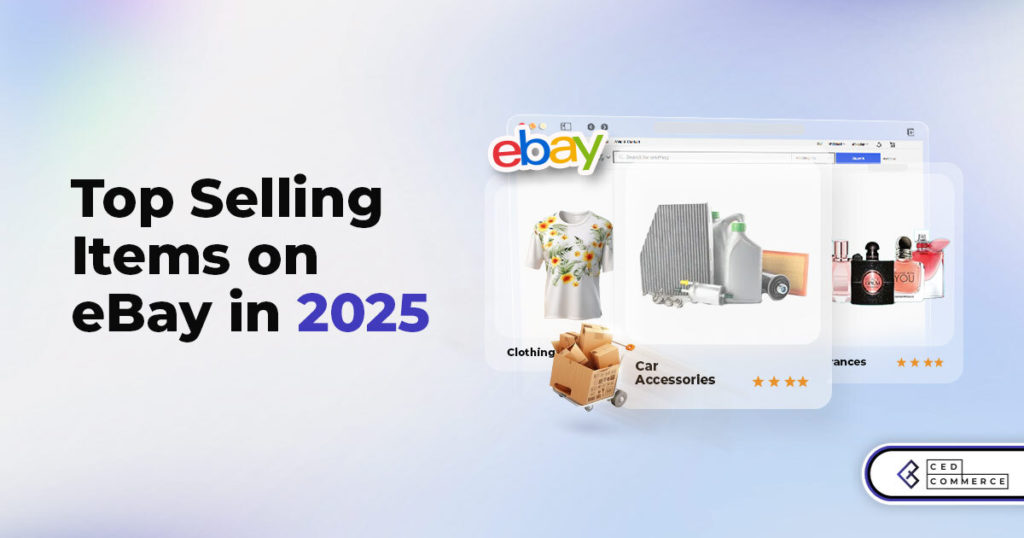
With over 17.6 million sellers on eBay marketplace, cracking the code behind the top selling
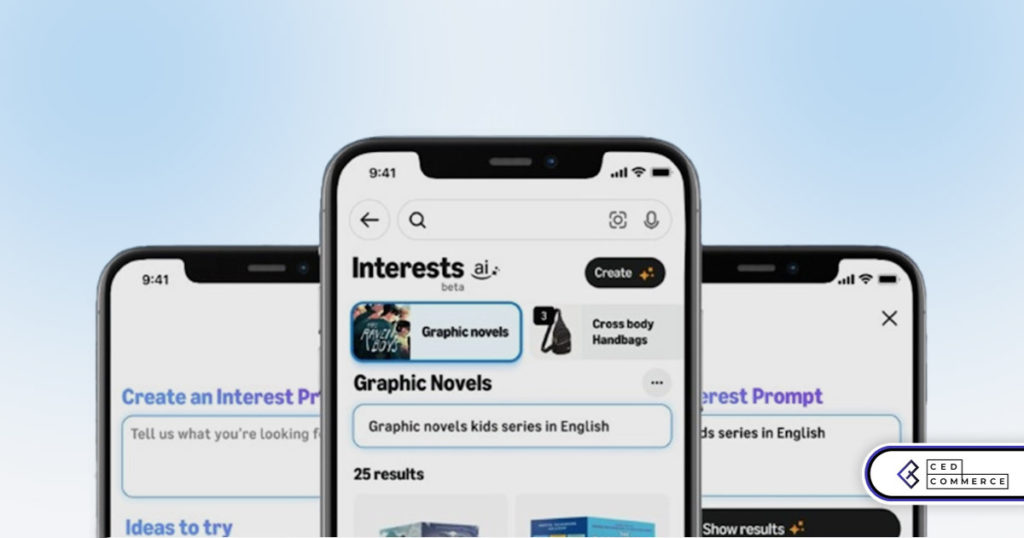
Amazon is doubling down on artificial intelligence, introducing the AI-powered ‘Interests’ feature that automatically finds
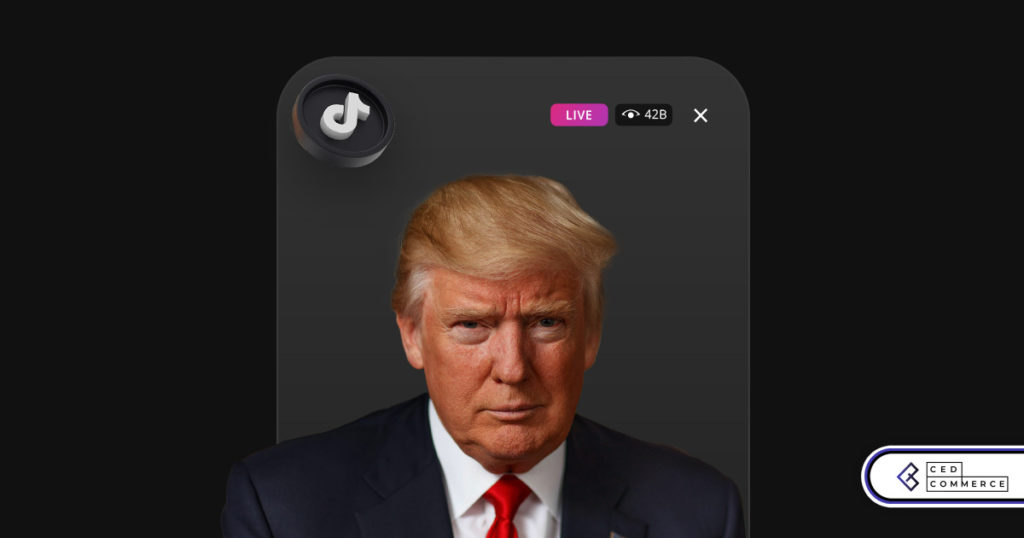
U.S. President Donald Trump has hinted that a TikTok deal is on track before the

Nearly a decade after closing post its first attempt, Best Buy is returning to the

PrestaShop has long been a leading name in European eCommerce. With its flexibility, user-friendly interface,